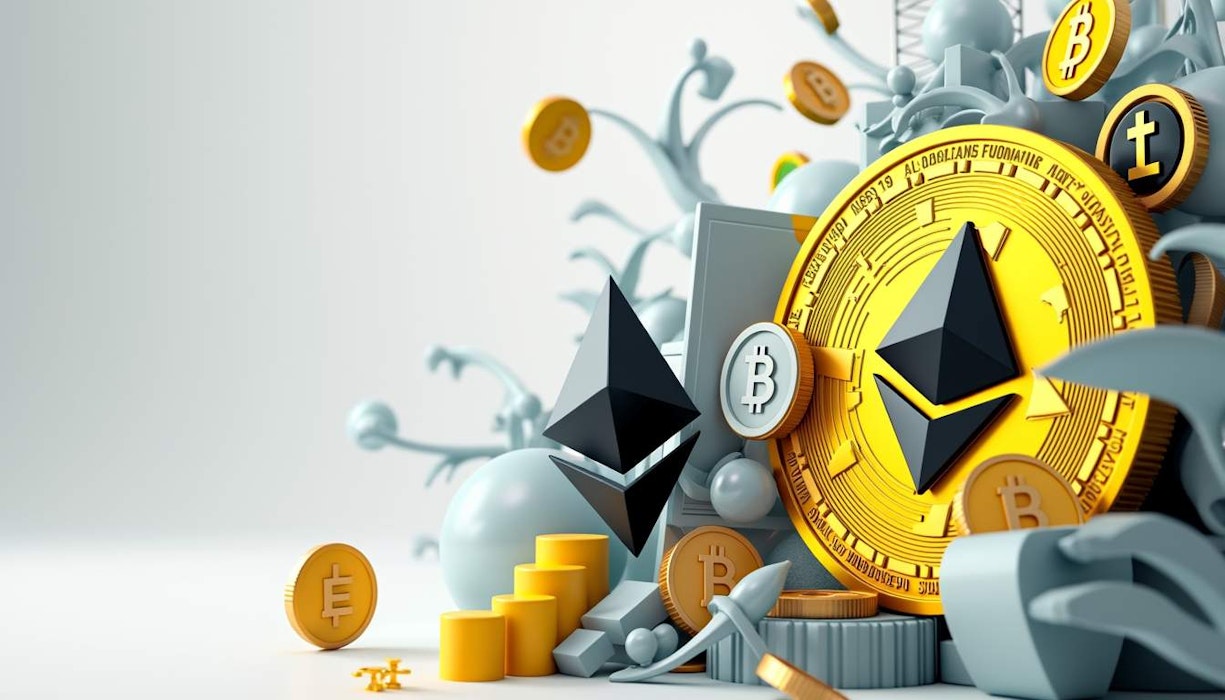Binance Labs just dropped a cool $10 million on Usual, a decentralized stablecoin protocol that's shaking things up in the crypto space. They're not your average stablecoin company; they’re all about Real-World Assets (RWAs) and giving users a slice of the pie. But is it all sunshine and rainbows? Let’s dig in.
Usual's Unique Take on Stablecoins
Usual is no slouch, having racked up over $1.4 billion in total value locked (TVL) and landing among the top five stable coins in crypto globally. But unlike many other stablecoins, they’re not hoarding fiat reserves in a vault somewhere. Instead, they’re integrating RWAs like US Treasury Bills into their ecosystem. This allows them to tokenize real assets—think real estate and commodities—and bring them into the DeFi space. They call their stablecoin USD0, and it's fully backed by short-term bonds that are on-chain verifiable. Sounds secure, right?
The RWA Factor: Pros and Cons
The magic ingredient? Tokenizing real-world assets. By pooling RWAs from big names like BlackRock and Ondo, Usual ramps up the liquidity of otherwise illiquid assets. This could make it easier for regular folks to get a slice of the pie. But let’s be real: integrating RWAs into DeFi has its hurdles. Despite the shiny new on-chain US Treasury Bills, only a handful of holders currently own RWA assets on the mainnet. Usual aims to make these assets more accessible, but we’ll see if it pans out.
A New Kind of Governance Model
Now, here’s where it gets interesting. Usual isn’t using a traditional top-down approach to governance. They’re going fully decentralized, which means users get a say in how things work. $USUAL token holders can actually vote on governance decisions and share in the profits generated from the protocol. It’s a refreshing change from commercial banks and all that fractional reserve nonsense. You get a sense of ownership that most stablecoin holders have never had.
Boosting Liquidity and Accessibility
Tokenizing real-world assets makes them easier to buy and sell. Usually, you’d have to wait forever to get your hands on things like real estate or rare commodities. But with Usual’s model, you can buy digital tokens that represent real ownership in these assets. The idea is to make investing in high-value assets more accessible, but let’s be honest: it’s a double-edged sword. It could democratize access, but it could also lead to speculative bubbles.
Usual's Market Performance
In just a month, the market cap of $USUAL skyrocketed to over $620 million. That’s a lot of hype. The price jumped by 15% after the investment was announced. Most of the tokens are going to the community, which is nice, but it also means that the project is very much at the mercy of community sentiment.
What’s Next for Usual and Stablecoin Platforms?
Usual plans to keep expanding, with a governance token launch on the horizon. They’re also rolling out a pre-launch campaign called the Usual Pills campaign, where users can earn points to get a share of $USUAL tokens during the airdrop. However, with great power comes great responsibility. There are plenty of challenges in tokenizing RWAs, like compliance and regulatory issues.
In summary, Usual’s approach to integrating RWAs and decentralizing governance could reshape the stablecoin market. But it’s a wild west out there. Only time will tell if this model will hold up in the long run.
